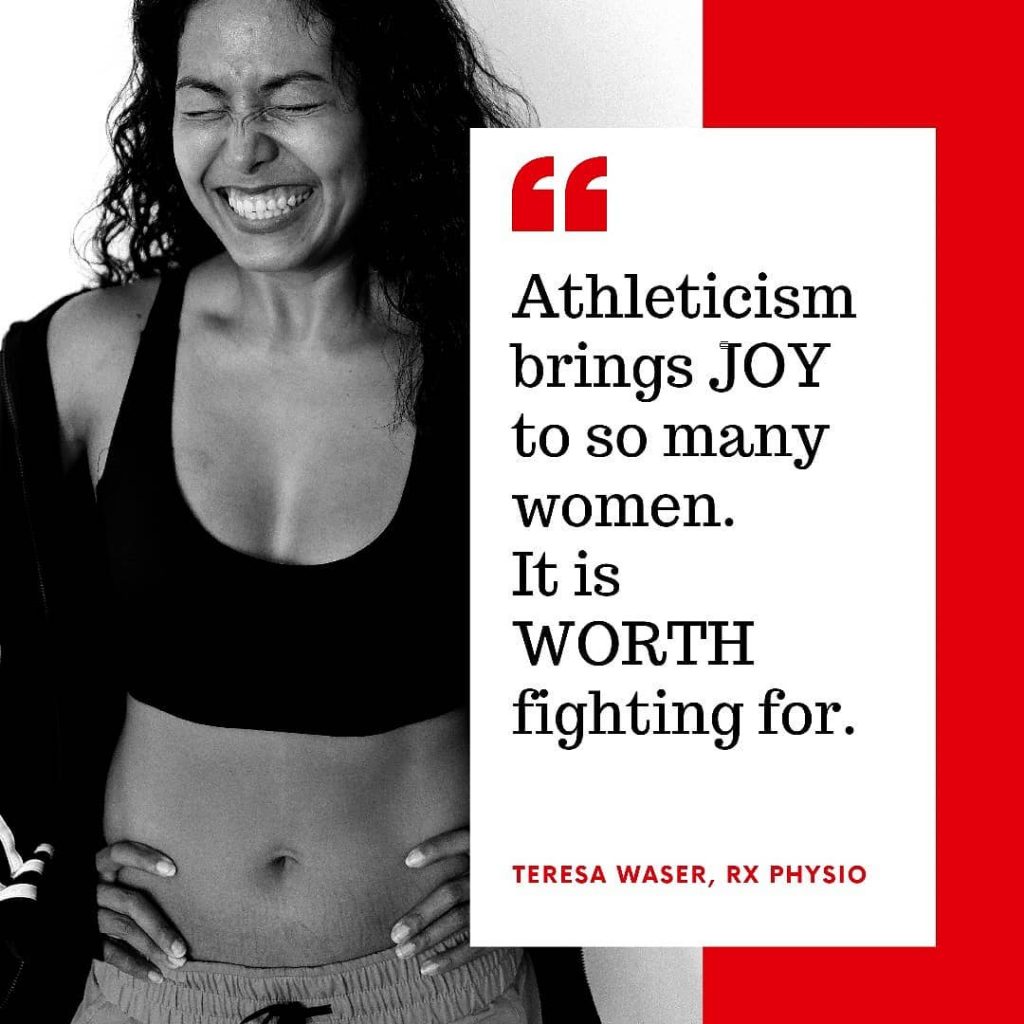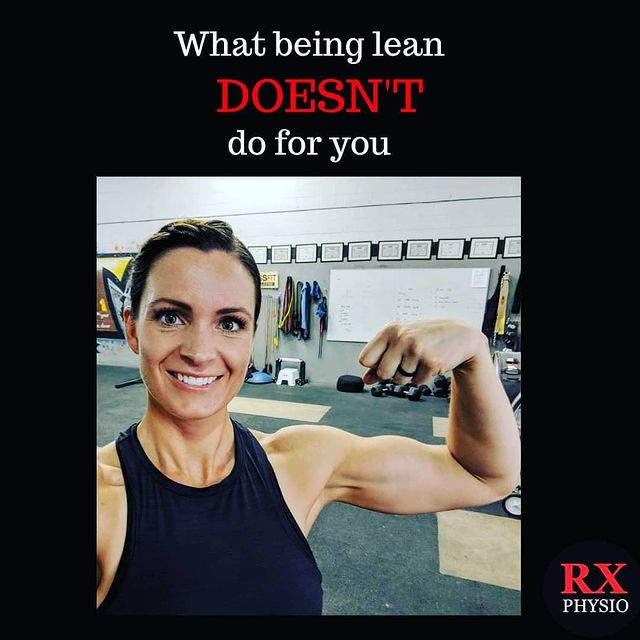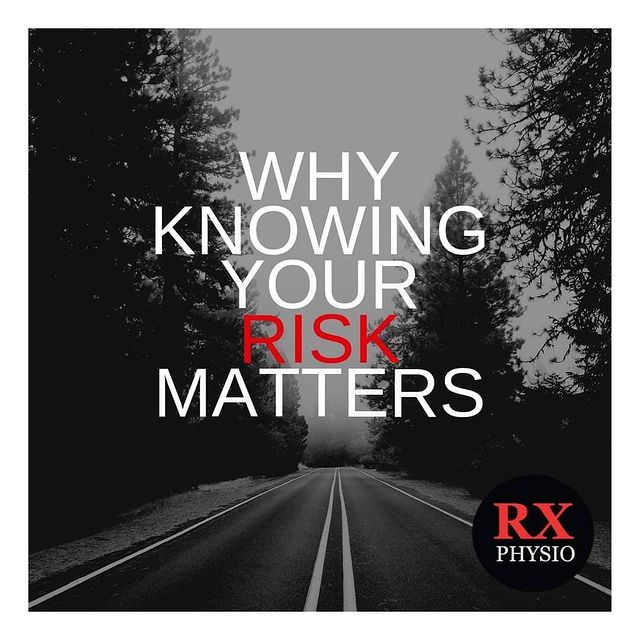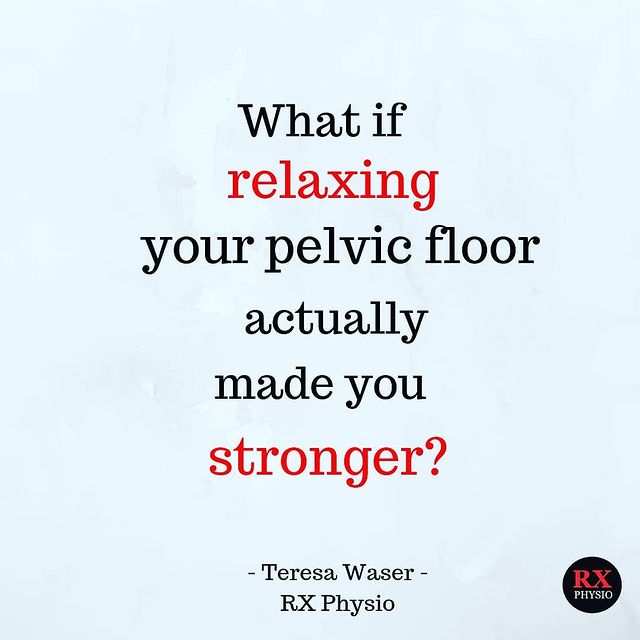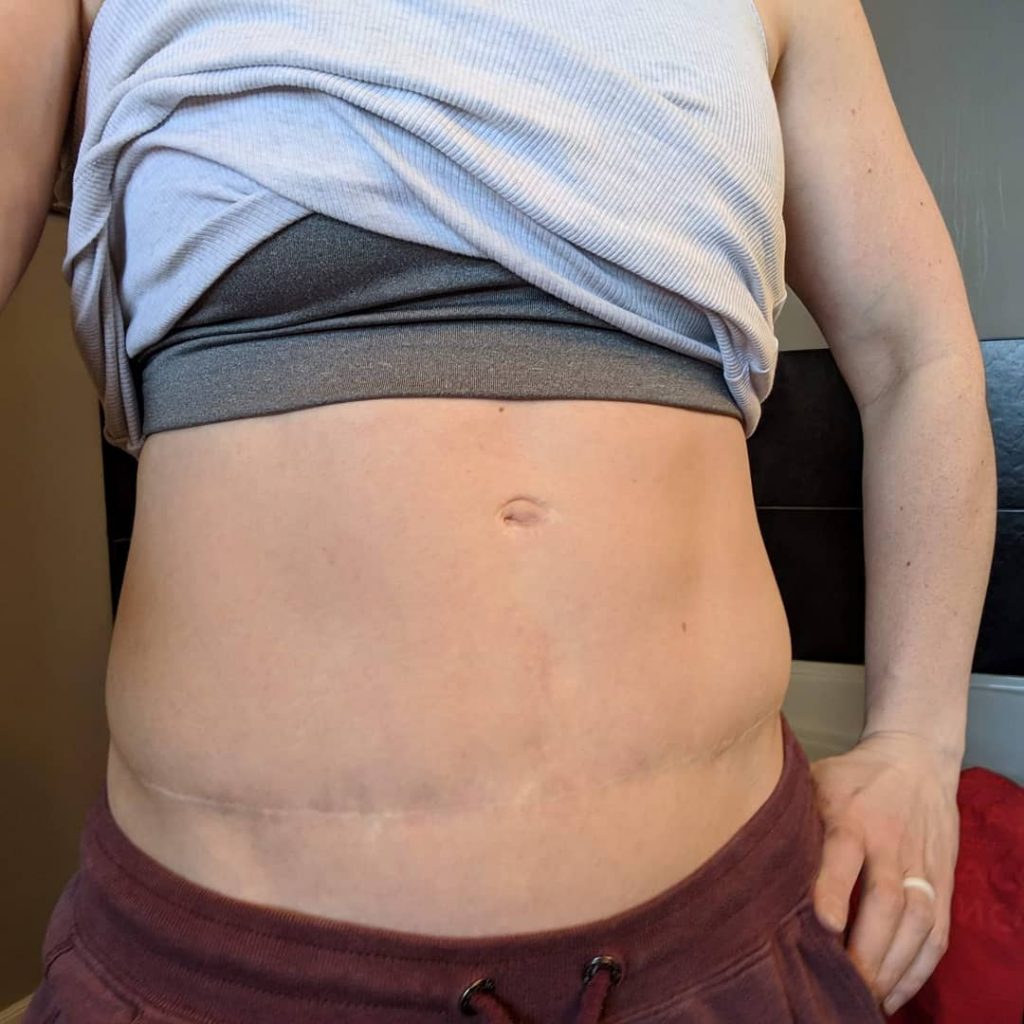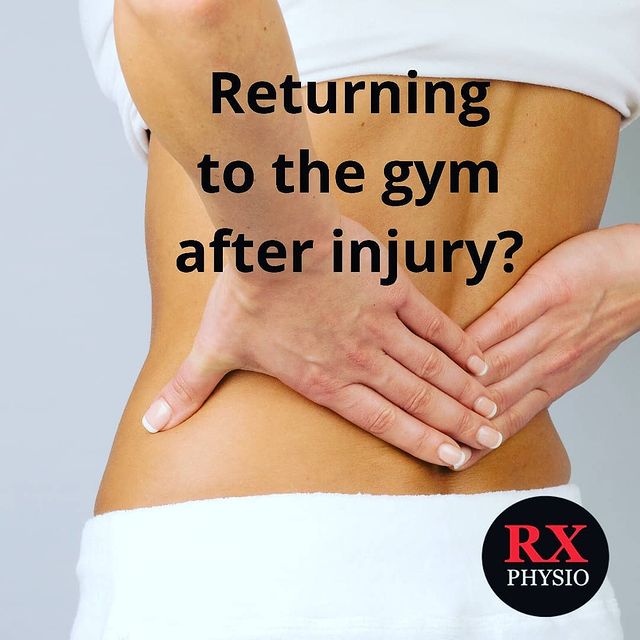
Today was my first workout after hurting my back a few weeks ago.
Yep…after 6 years with no significant back pain, I lost my balance while trying to put pants on half-awake in the dark 🤦 and found myself suddenly with back pain & spasm. What did I do next?
I stayed calm.
I kept moving in ways that felt OK.
I avoided movements & positions that didn’t.
I respected my pain and let the dust settle.
And as it did, I kept moving & respecting my body.
I said no to certain things – even when I wanted to say yes – like when my husband suggested taking our girls skiing (they are just learning so likely lots of helping/lifting them back up on their skiis, all while not being a confident skiier myself). I also took a complete break from the gym.
And after feeling great, today was my first day back…So WHAT DID I DO?
I made “DO LESS THAN YOU THINK YOU CAN” my mantra & kept it on repeat with each decision I made. I did this is to ensure early wins which I can then keep building on.
I warmed up appropriately, listening to my body.
I kept the load low.
When my brain wanted to say “GO!”, I reminded myself “SLOW.” I substituted movements, even if that meant doing something completely different from what was on the board.
I reminded myself that SOMETHING > NOTHING.
I accepted that right now, INTENTION > INTENSITY.
I respected my NOW body, so I can keep moving forward.
Because I can always add a bit more load/intensity/ROM/any other exercise variable tomorrow, IF today goes well. But doing too much, too soon will set me back.
Because, you can’t rush it.
Instead:
Let the dust settle, then build it back up.
Identify your pain triggers & then avoid them (for now, not forever) – this may mean moving differently or it may mean avoiding something altogether.
Be assured that in the absence of any red flags (which should be screened for), you are going to be OK.
Respect your NOW body, while also applying intentional, progressive overload in a manner appropriate for YOU (and everything that comes with that). Need some help navigating your way back to the gym or whatever activity you love?
Need some help understanding the WHY & HOW?
I’m here.
Teresa Waser, RX Physio
Originally published on Jan 4, 2020 at Teresa Waser – RX Physio (@rxphysio) • Instagram photos and videos


